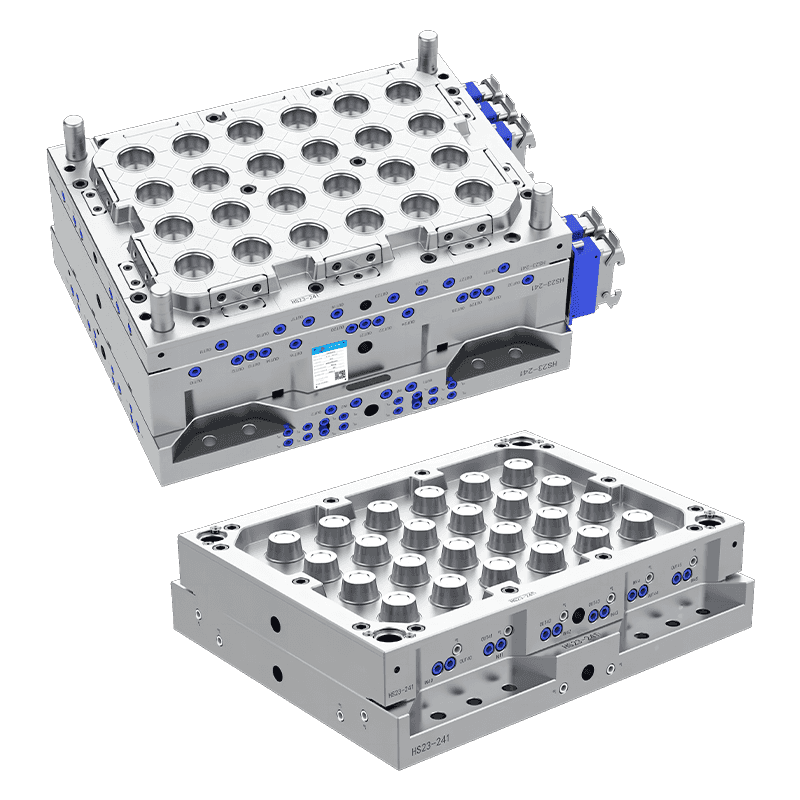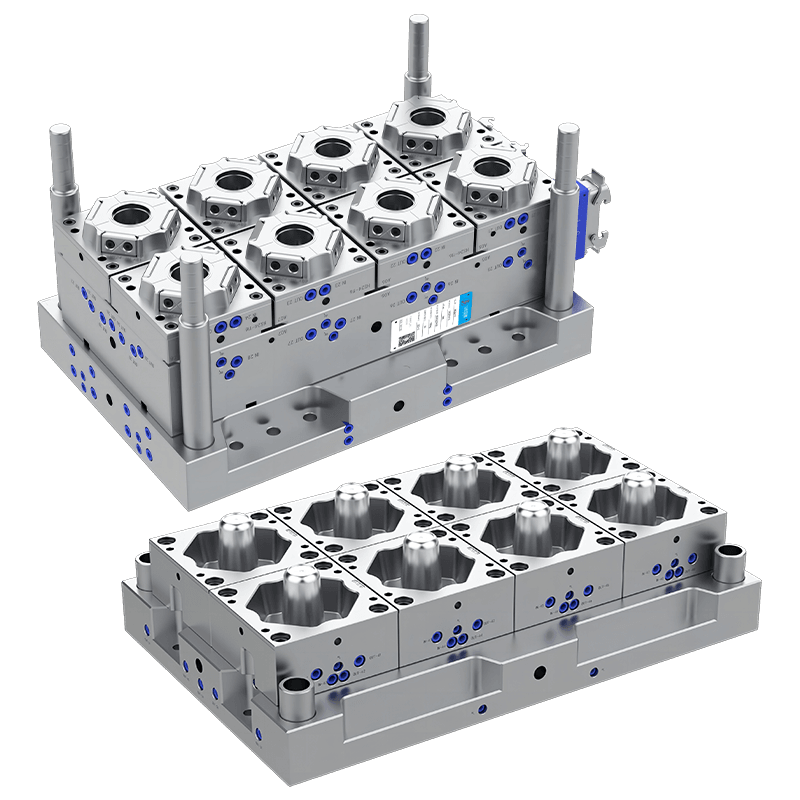Defects in Plastic PS Spoon Injection Molding Molds and Price Trends
Plastic PS spoon injection molding molds are critical components in the production of plastic spoons, widely used across various industries. Despite their essential role, these molds can encounter certain defects that affect the final product's quality. Additionally, changes in the plastic mold market can influence the overall costs associated with manufacturing.
Common Defects in Plastic PS Spoon Injection Molding Molds
Plastic PS spoon injection molding mold factories often face challenges related to defects in the molds, which can impact the quality and functionality of the plastic spoons produced. Some common defects include:
Warping: Warping occurs when the plastic spoons do not cool uniformly, bring about deformations in shape. This defect can result from uneven cooling channels in the mold or incorrect temperature settings during the injection process. Proper mold design and precise control of cooling conditions are essential to mitigate this issue.
Short Shots: A short shot happens when the mold does not fill completely with plastic, resulting in incomplete or defective spoons. This defect can be caused by insufficient injection pressure, inadequate material flow, or blockages in the runner system. Ensuring that the mold design allows for consistent material flow and using the right injection parameters can help reduce short shots.
Flash: Flash is the excess plastic that seeps out of the mold cavity and forms thin, unwanted edges around the spoon. This defect is typically caused by excessive injection pressure or gaps between the mold parts. Regular maintenance of the mold and accurate adjustment of injection parameters can flash.
Surface Defects: Surface defects, such as streaks, blemishes, or irregularities, can occur due to issues with the mold surface or material quality. These defects can affect the appearance and usability of the spoons. Maintaining a smooth and well-polished mold surface, along with using high-quality PS resin, helps in achieving better surface finishes.
Dimensional Variations: Variations in the dimensions of the spoons can occur due to inaccuracies in the mold or fluctuations in the injection process. Tight control over mold design, precision machining, and consistent processing conditions are crucial to ensuring dimensional accuracy.
Changes in Plastic Mould Price
The price of plastic molds, including those used in PS spoon injection molding, is subject to various factors that can bring about fluctuations over time. Some key factors influencing plastic mold prices include:
Material Costs: The cost of raw materials used in mold construction, such as steel or aluminum, can vary based on market conditions. Increases in material prices directly impact the overall cost of manufacturing plastic molds.
Technological Advancements: Innovations and improvements in mold manufacturing technology can affect prices. While advanced technologies can bring about higher initial costs, they often result in better mold performance and longer lifespan, potentially reducing long-term expenses.
Demand and Supply: The demand for plastic molds and the availability of skilled labor and resources can influence pricing. High demand or limited supply can drive up prices, while a balanced market may bring about more stable costs.
Complexity of Design: The complexity of the mold design affects its cost. Molds with intricate features or multi-cavity configurations require more time and expertise to manufacture, resulting in higher prices compared to simpler molds.
Production Volume: Larger production volumes can bring about economies of scale, reducing the per-unit cost of molds. Conversely, low-volume production may result in higher costs due to the need for more frequent mold changes or adjustments.
Geographical Factors: Regional differences in labor costs, energy prices, and manufacturing capabilities can influence mold prices. Companies operating in regions with higher costs may experience increased mold prices compared to those in more cost-effective locations.
Contact Us
Email: [email protected]; Or fill out the contact form below.

 English
English 中文简体
中文简体 русский
русский Español
Español Français
Français




